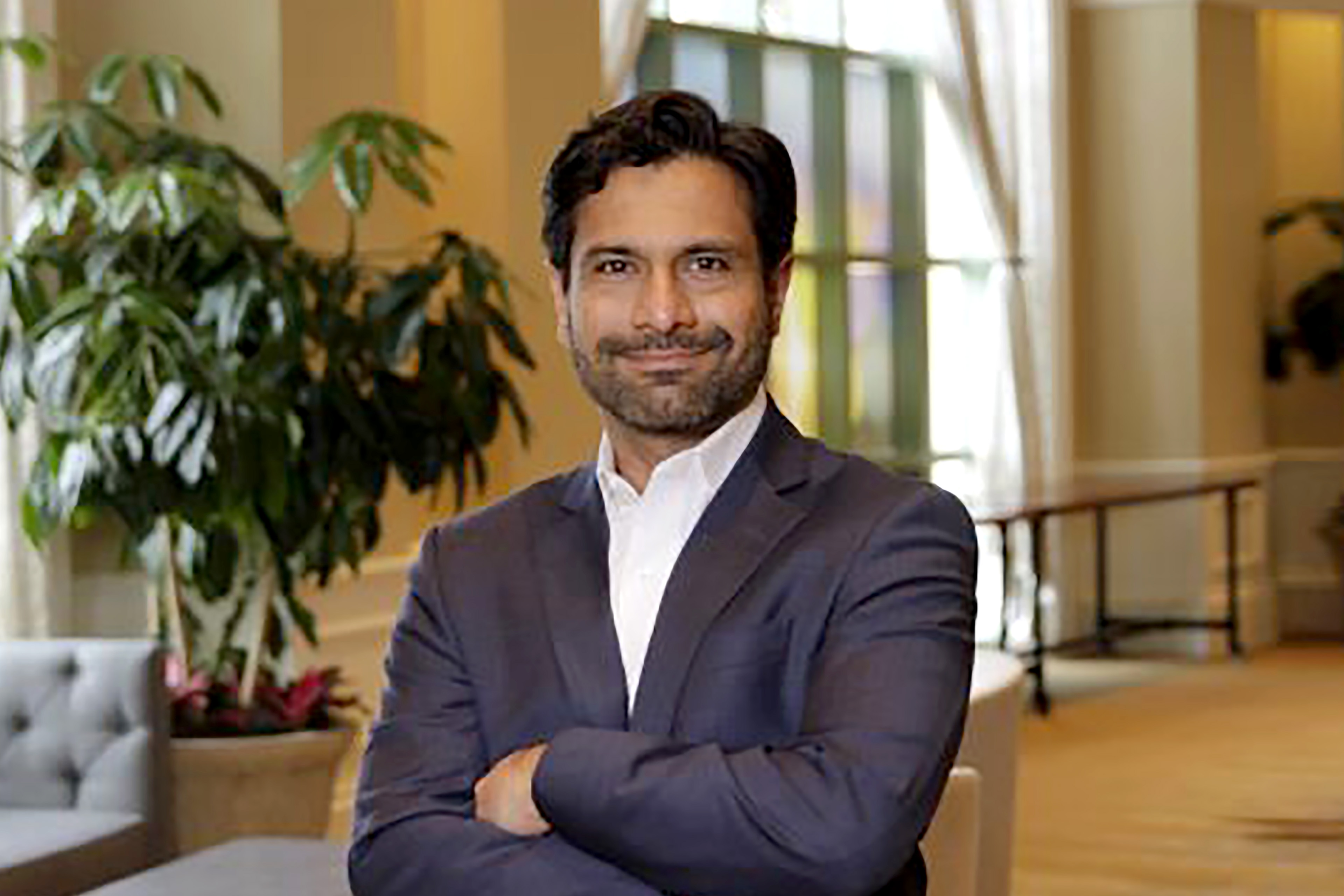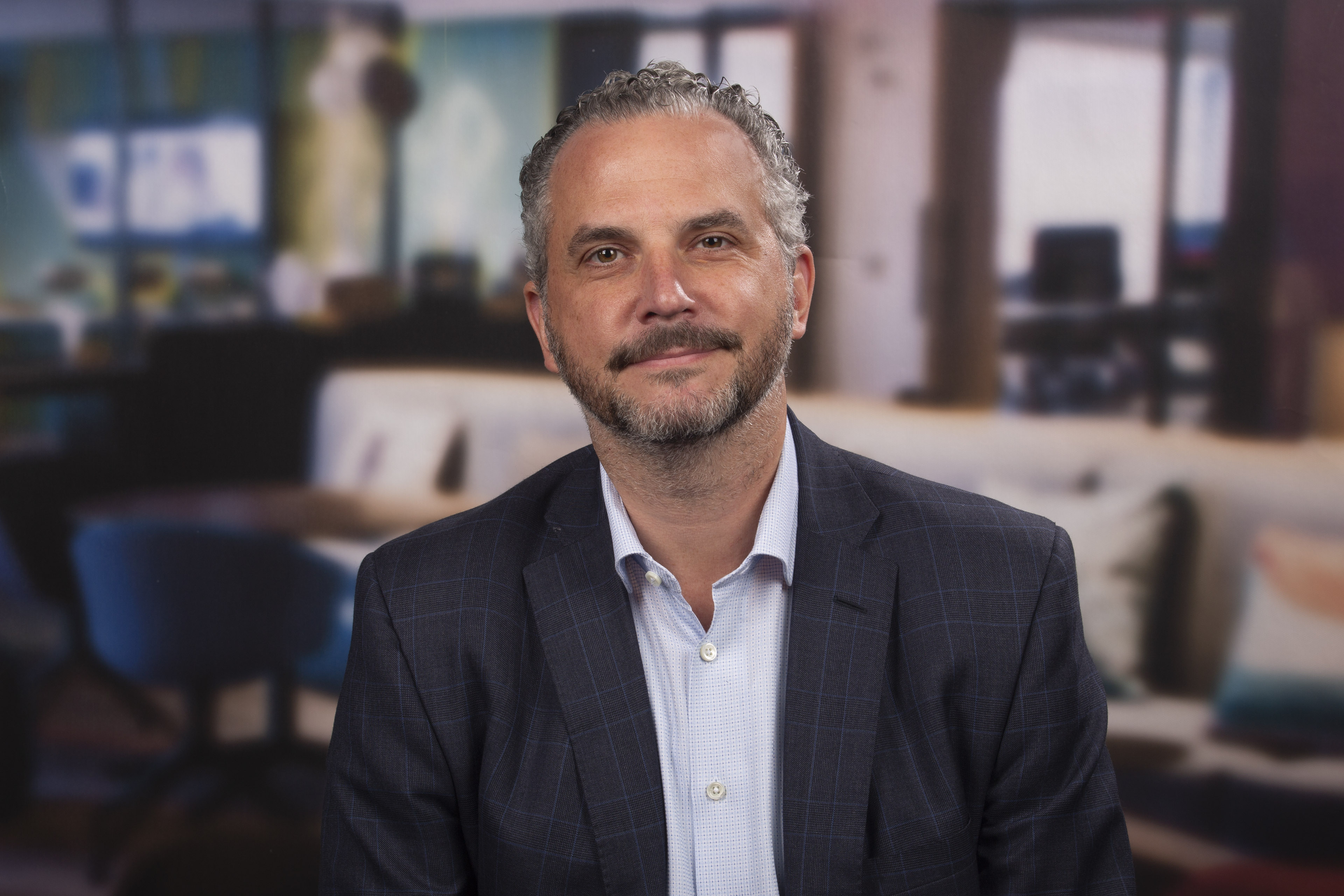What EY-Parthenon M&A Advisory Services can do for you
Our clients enjoy the personalized attention of a full-service organization with access to broad intellectual capital, extensive relationships and leading‑class solutions to drive growth strategies that fit buy-side M&A needs.
We are one of the only major professional consulting organizations that offers fully-dedicated multidisciplinary M&A advisory capabilities. From strategy to execution, our services are underpinned by extensive due diligence, commercial, operational, financial and tax experience.
We also combine M&A, functional and sector experience with M&A technology to help companies make better, faster decisions. In particular our technology leverages machine learning and artificial intelligence, robotics and process automation, and data analysis and visualization to help increase confidence in decisions and accelerate synergy capture.
We understand that every type of deal is different, requiring bespoke integration approaches, priorities and operating models. Our M&A advisory team can help you understand what business to buy, how to value it and how to integrate it into your company.





































